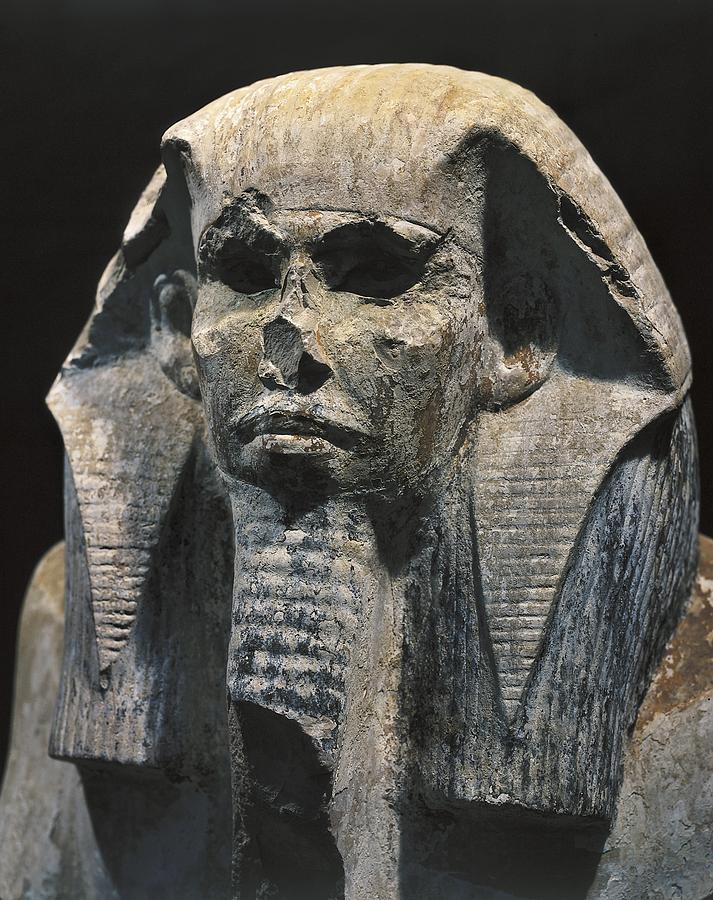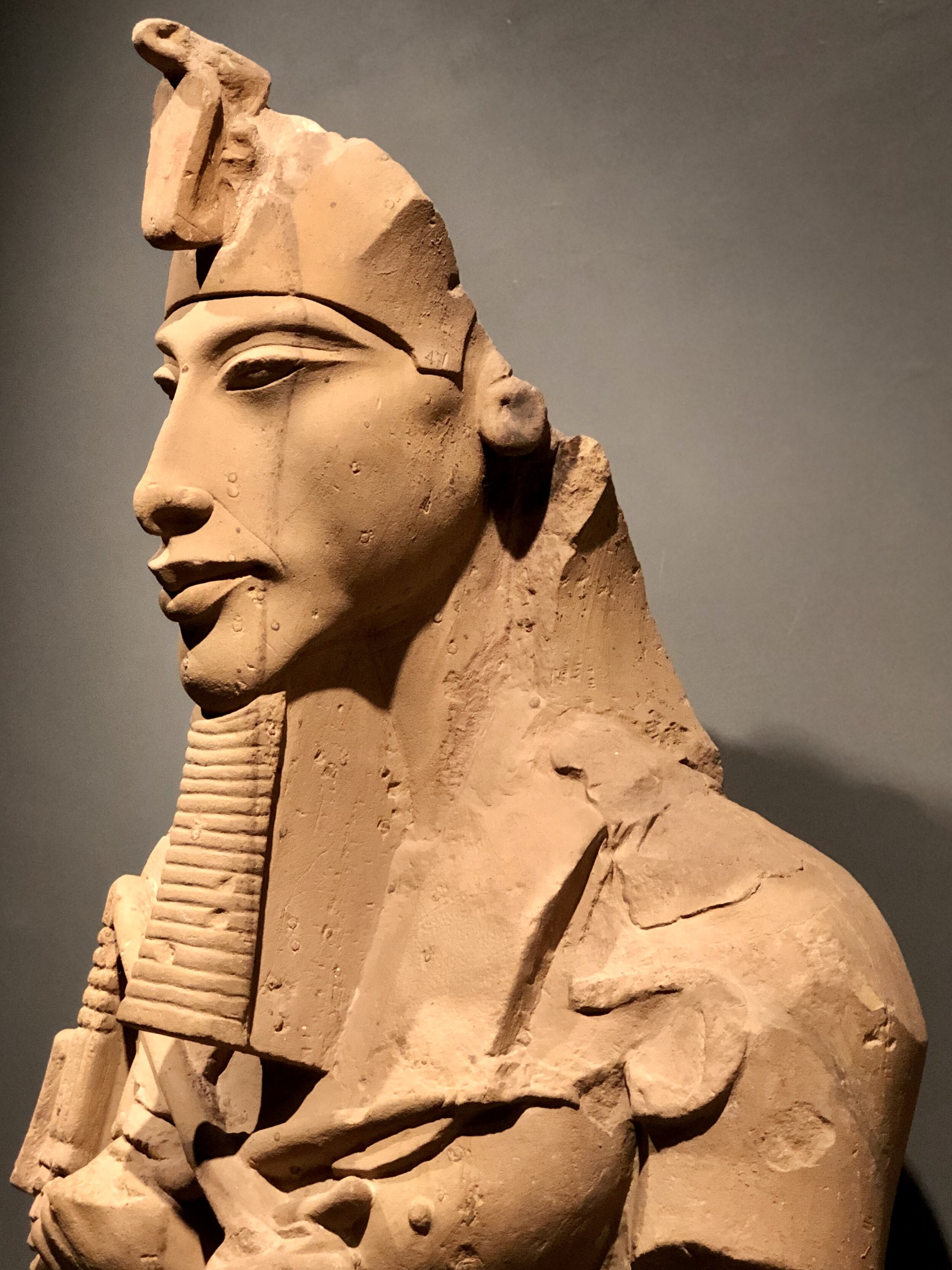The pharaohs stood at the top of the social ladder and were considered equal to the gods. Pharaohs were given great honors and were considered so powerful that they were literally feared to be touched.
The pharaohs traditionally wore ankh, a magical symbol and talisman to which the Egyptians attached great importance. There were many pharaohs during the centuries and millennia of Egypt’s existence, but several of them deserve a special mention.

Almost the most famous Egyptian pharaoh was Ramses II. He ascended the throne when he was about twenty years old, and he ruled the country for almost seven decades (from 1279 to 1213 BC). During this time, several generations succeeded him. And many of the Egyptians who lived at the end of the reign of Ramses II believed that he was a real immortal deity.

Another pharaoh worthy of mention is Djoser. He ruled in the XXVII or XXVIII century BC. it is known that during his reign, the capital city of Memphis finally became the capital of the state. However, Djoser went down in history primarily because he built the first pyramid in ancient Egypt (it is also the first stone architectural structure in the world). To be more exact, it was built by Djoser’s vizier – a man with outstanding abilities named Imhotep. Unlike the later Cheops pyramid, Djoser’s pyramid consists of steps. Originally it was surrounded by a wall with 15 doors, of which only one was open. At the moment there is nothing left of the wall.
In the history of ancient Egypt there were several female pharaohs. One of them – Hatshepsut, who ruled in the XV century BC. e. Her name can be translated as “in front of the noble ladies. Having removed from the throne of the juvenile Thutmose III and declared herself a pharaoh, Hatshepsut continued the reconstruction of Egypt after the Hyksos raids, erected a large number of monuments on the territory of her state. She surpassed many male pharaohs in the number of progressive reforms she carried out.
At the time of Hatshepsut it was believed that the pharaohs were incarnations of the god Horus in the earthly world. So as not to sow confusion among the people, the priests reported that Hatshepsut was the daughter of the god Amon. But at many ceremonies Hatshepsut still appeared in male attire and with a false beard.
In modern Western culture, Queen Hatshepsut is associated with the image of an intelligent, energetic, analytical woman. A place for Hatshepsut was found, for example, in the famous “Dinner Party” exhibition by artist Judy Chicago, dedicated to the great women who influenced the history of mankind.

Pharaoh Ehnaton, who ruled in the 14th century B.C., is another popular figure in the history of Ancient Egypt. He undertook truly revolutionary religious reforms. He decided to make the previously insignificant god Aton, associated with the solar disk, the center of all religion. At the same time, the cults of all other gods (including Amon-Ra) were forbidden. That is, in fact, Ehnaton decided to create a monotheistic religion.
In his transformations, Ehnaton relied on people who held high positions in the state, but came from commoners. On the other hand, much of the hereditary priestly nobility actively resisted reform. In the end Ehnaton lost – after his death the usual religious practices returned to the everyday life of Egyptians. The representatives of the new XIX dynasty, which came to power ten years later, rejected the ideas of Ehnaton, these ideas were discredited.
And a few more words should be said about Cleopatra VII, who ruled Egypt for 21 years. She was really extraordinary and, apparently, very attractive woman. It is known that she had an affair first with Julius Caesar, and later with Mark Antony. By the former she bore a son, and by the latter two sons and daughters.

And one more interesting fact: Mark Antony and Cleopatra, when they realized that they could not resist the Emperor Octavian, who wanted to capture Egypt, began to organize the endless drinking and celebratory feasts. Soon Cleopatra announced the creation of the “Union of Death Penalty,” whose members (and all those close to them were invited to join) swore that they would die together. During the same period, Cleopatra tested poisons on slaves, wanting to know which one could bring death quickly and without great pain.
Anyway, in 30 B.C., Cleopatra, like her lover Antony, committed suicide. And Octavian, having established his control over Egypt, turned it into one of the provinces of Rome.



